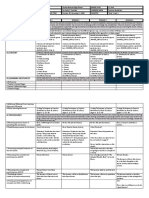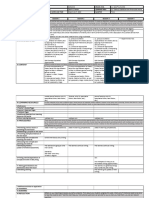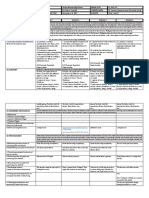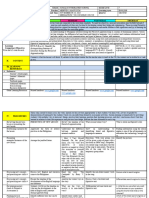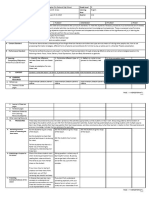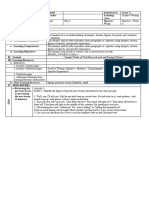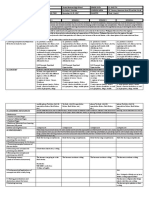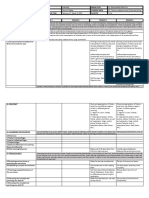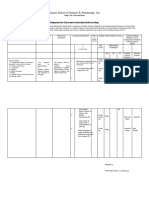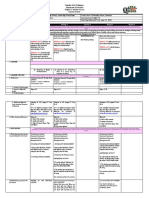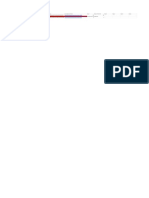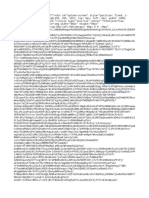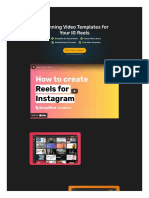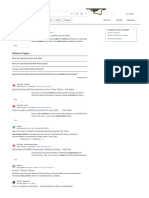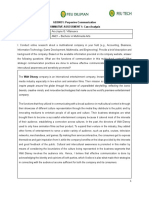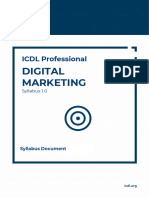0% found this document useful (0 votes)
37 views6 pages1st Class Grade 11
The document outlines a curriculum for a literary education program at Mariano Matugas Memorial National High School in the Philippines, focusing on understanding and appreciating various literary genres. It includes content standards, performance standards, learning competencies, specific objectives, and teaching procedures, emphasizing the use of multimedia for creative literary adaptations. Additionally, it provides guidelines for evaluating student learning and teacher reflections on the teaching process.
Uploaded by
sulapascharyann00Copyright
© © All Rights Reserved
We take content rights seriously. If you suspect this is your content, claim it here.
Available Formats
Download as DOCX, PDF, TXT or read online on Scribd
0% found this document useful (0 votes)
37 views6 pages1st Class Grade 11
The document outlines a curriculum for a literary education program at Mariano Matugas Memorial National High School in the Philippines, focusing on understanding and appreciating various literary genres. It includes content standards, performance standards, learning competencies, specific objectives, and teaching procedures, emphasizing the use of multimedia for creative literary adaptations. Additionally, it provides guidelines for evaluating student learning and teacher reflections on the teaching process.
Uploaded by
sulapascharyann00Copyright
© © All Rights Reserved
We take content rights seriously. If you suspect this is your content, claim it here.
Available Formats
Download as DOCX, PDF, TXT or read online on Scribd
/ 6




